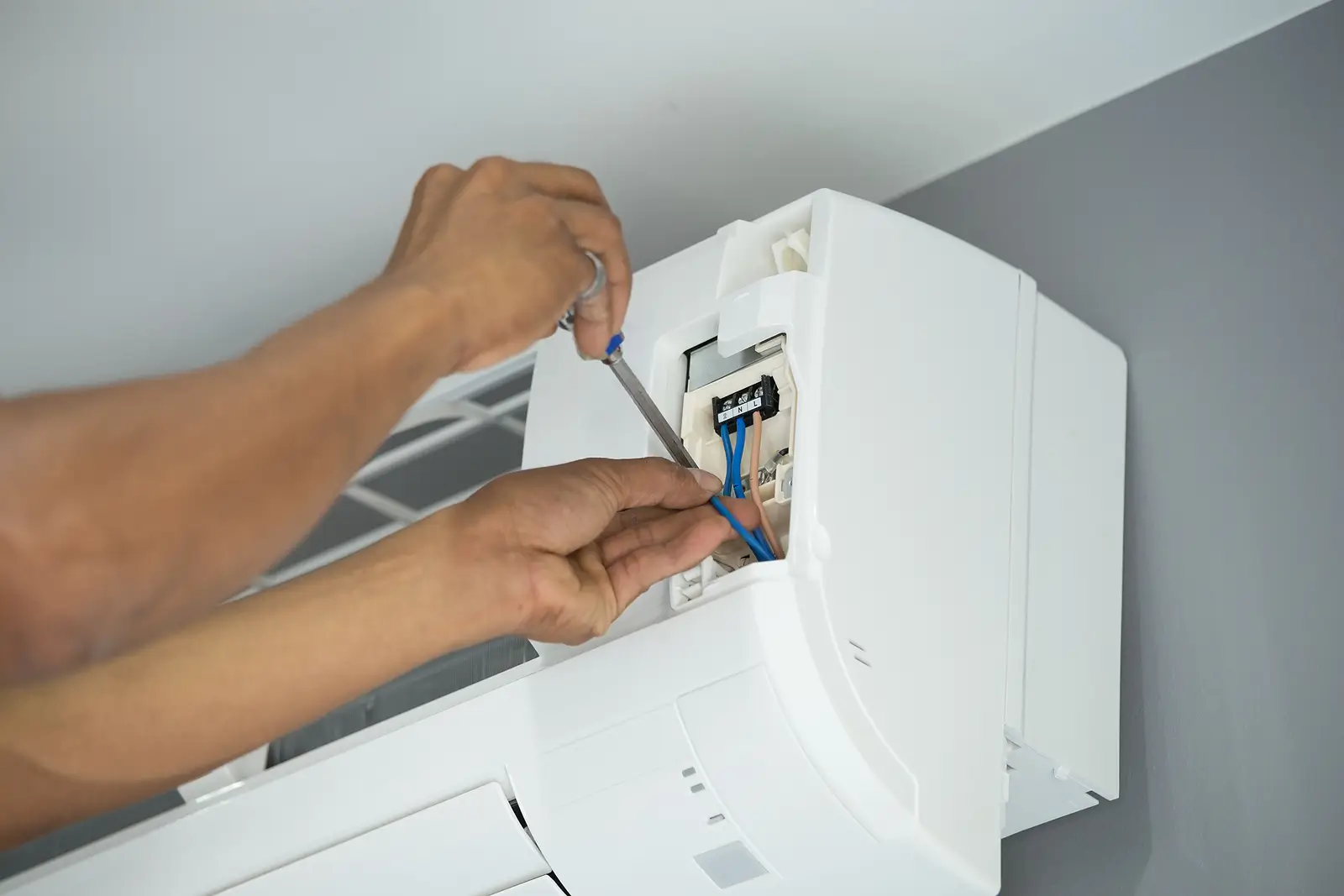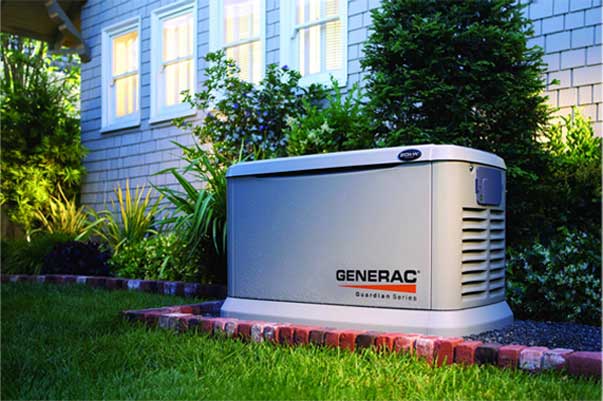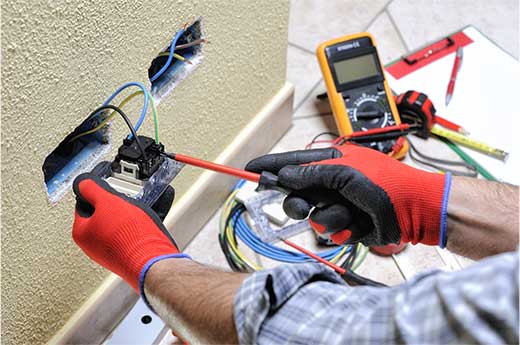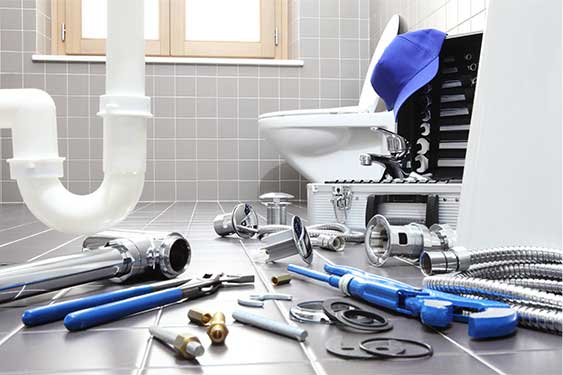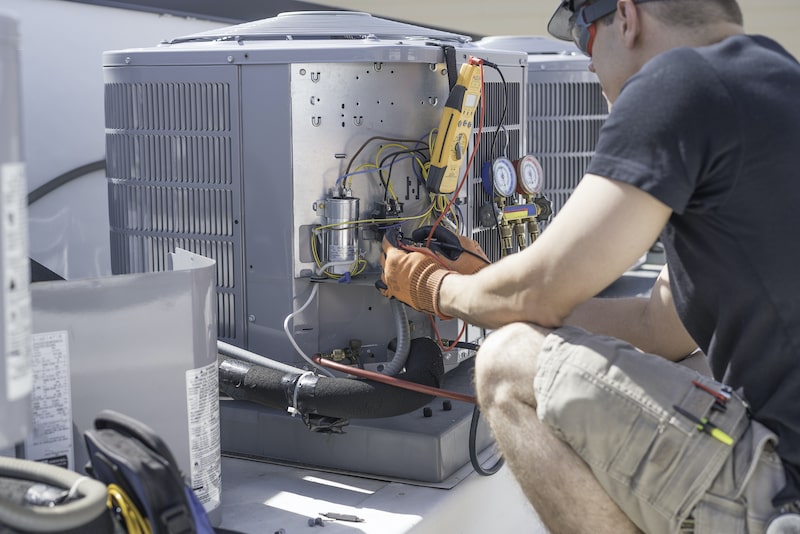An air conditioner is more than just a machine; it’s the silent guardian of comfort in your property.
The installation process is critical, whether installing a new air conditioner in a rental property or upgrading your HVAC system for better energy efficiency.
A single misstep can lead to costly repairs, inefficient operation, and a shortened lifespan for your AC unit.
Let’s go over these frequent errors to ensure your air conditioning unit delivers optimal performance, saves energy, and keeps your tenants happy.
Key Takeaways
Proper sizing of your AC unit is essential to avoid energy efficiency issues and unnecessary wear.
Professional installation prevents common HVAC installation mistakes and ensures compliance with industry standards.
Correct placement of air vents and outdoor units enhances air circulation and indoor air quality.
1. Choosing the Wrong Size AC Unit
One of the most common errors is selecting the wrong size unit. A unit that’s too small will struggle to effectively cool your property, while an oversized unit will short-cycle, leading to inconsistent cooling and higher energy bills. The size of your AC unit, measured in British Thermal Units (BTUs), directly impacts its efficiency. Improper sizing can greatly affect the system’s ability to maintain a comfortable temperature, resulting in unnecessary wear and voided warranties.
How to Avoid It
Work with a professional HVAC technician to calculate your home’s square footage and cooling needs. Choosing the right unit size ensures better performance, improved energy efficiency, and a longer lifespan for your AC system.
2. Poor Placement of the Outdoor Unit
Poor placement is one of the most frequent AC installation mistakes and it’s best to know how to avoid them. The location of your outdoor unit is an important factor that can make or break your AC system’s efficiency. Placing it in hot and sunny areas or near obstructions can lead to overheating and reduced airflow.
Direct sunlight and poor air circulation force the unit to work harder, increasing energy consumption and the risk of permanent damage.
How to Avoid It
Place the outdoor unit in a shaded area with at least two feet of clearance on all sides. Keep it away from plants, debris, or walls that block airflow. These precautions will boost energy efficiency and help you save money by reducing operating costs over time.
3. Incorrect Thermostat Placement
Your thermostat is the brain of your HVAC system, and its placement is critical for accurate temperature readings. Installing it on an exterior wall or near heat sources like windows and appliances can lead to inefficient operation.
A poorly placed thermostat can cause your air conditioning unit to overwork, leading to higher utility bills and inconsistent cooling.
How to Avoid It
Install the thermostat on an interior wall, away from direct sunlight and heat-emitting devices. This ensures your AC system operates efficiently and maintains a comfortable indoor environment.
4. Ignoring Ductwork and Air Vents
Ductwork and air vents are often overlooked during AC installation, but they play a vital role in air circulation and indoor air quality. Leaky ducts and improperly placed vents can lead to air leaks, inconsistent cooling, and increased energy bills.
Air leaks and poorly positioned vents can compromise the efficiency of your HVAC system, forcing it to work harder to maintain the desired temperature.
How to Avoid It
Seal and insulate all ductwork to prevent air leaks. Place air vents correctly to ensure even air circulation throughout the property. Regular maintenance can also help identify and fix any issues before they escalate.
5. Skipping Professional Installation
DIY AC installation might seem like a cost-saving option, but it often leads to common HVAC installation mistakes such as improper sizing, refrigerant leaks, and voided warranties.
Professional installation ensures compliance with industry standards and prevents costly errors that could result in inefficient operation or permanent damage to your system.
How to Avoid It
Hire a licensed HVAC technician for your AC installation. Professionals have the expertise to handle refrigerant lines, ensure proper insulation, and set up the system for optimal performance.
Maintenance Tips to Keep Your AC Running Smoothly
Even the best-installed AC unit requires regular maintenance to operate efficiently. Skipping maintenance can lead to HVAC repairs, reduced energy efficiency, and other contaminants affecting indoor air quality.
Regular maintenance prevents excessive wear on your HVAC unit, ensuring it operates efficiently and lasts longer. It also helps identify potential issues before they escalate into costly repairs.
How to Maintain Your AC
Schedule Annual Inspections: Have a professional check your HVAC system at least once a year.
Replace Air Filters: Dirty filters can block airflow and reduce efficiency. Replace them every 1-3 months.
Clean Air Vents: Ensure air vents are free from dust and debris to maintain proper air circulation.
How Avoiding Mistakes Saves You Money
Avoiding these common mistakes doesn’t just improve performance—it also saves you money in the long run. From energy-efficient operation to reduced repair costs, the benefits are significant.
Mistakes like installing the wrong unit size or ignoring ductwork can lead to higher energy bills and frequent HVAC repairs. Addressing these issues upfront ensures your AC runs smoothly and efficiently.
Cost-Saving Benefits
Lower Energy Bills: A properly installed and energy-efficient unit consumes less power.
Fewer Repairs: Avoiding mistakes reduces wear and tear, minimizing the need for costly repairs.
Extended Lifespan: A well-maintained system lasts longer, delaying the need for a new AC unit.
The Role of HVAC Technology in Modern Systems
Modern HVAC technology has revolutionized air conditioning systems, making them more energy-efficient and user-friendly. Features like smart thermostats and advanced refrigerant lines enhance performance and reduce energy consumption.
Upgrading to a new central air conditioning system with the latest HVAC technology ensures optimal performance and energy efficiency, saving you money and improving indoor air quality.
What to Look For
Smart Thermostats: These devices allow you to control your AC remotely and optimize energy usage.
Energy-Efficient Models: Look for units with high SEER ratings for better efficiency.
Advanced Refrigerant Lines: Modern systems use eco-friendly refrigerants that are better for the environment.
Let the Pros Handle It
Your AC system is an investment in comfort, energy efficiency, and property value. Avoiding these common AC installation mistakes is essential for ensuring optimal performance and a longer lifespan for your system. But why take the risk of DIY installation or hiring inexperienced technicians?
Let the experts handle it. Our team at Powerhouse Home Services is composed of licensed HVAC professionals specializing in AC installation, maintenance, and repairs.
We’ll ensure your system is installed correctly, operates efficiently, and keeps your tenants comfortable year-round.
Contact us today to schedule your professional AC installation to avoid these and experience our services that include Gas Line Installation and Replacement.
FAQ Section
1. How do I know if my AC unit is the right size?
A professional HVAC technician can calculate the load based on your home’s square footage, insulation, and cooling needs. This ensures you get the right unit size for optimal performance.
2. What are the signs of poor ductwork installation?
Signs include inconsistent cooling, higher energy bills, and visible air leaks. Regular inspections can help identify and fix these issues.
3. How often should I schedule maintenance for my AC system?
It’s recommended to schedule professional maintenance at least once a year to ensure your AC runs smoothly and efficiently.
Other Resources
How to Install EV Charging in Your Naples Home
Property Owner's Guide to Residential Propane Inspections in Naples

